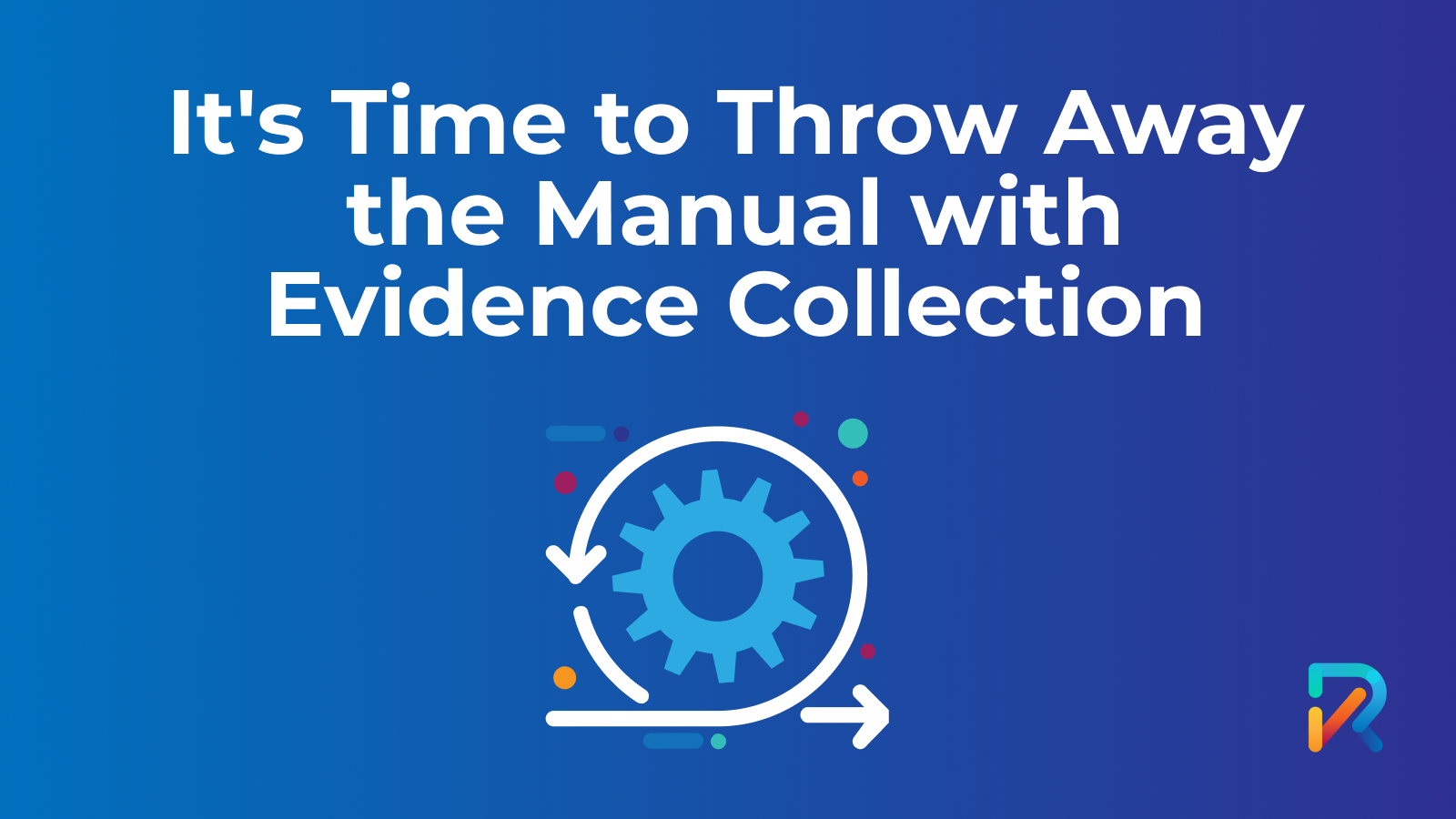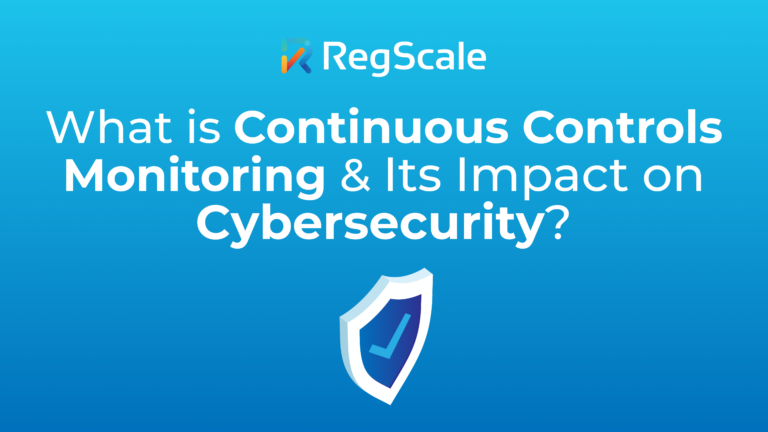
In today’s complex and ever-changing regulatory environment, it is more important than ever for organizations to have a strong compliance program in place. However, manually gathering compliance data can be a time-consuming and inefficient process. This can lead to compliance gaps, which can expose organizations to risk.
Manual compliance data gathering can significantly impact organizations in several negative ways, reflecting both their operational efficiency and their ability to comply effectively with regulatory requirements. Here are some of the key issues associated with manual compliance processes:
- Time-Consuming and Labor-Intensive: Manual processes require a significant amount of human effort and time to collect, compile, and analyze data. This labor-intensive approach diverts resources from other critical tasks, reducing overall productivity and efficiency.
- Prone to Human Error: Manual data entry and processing are susceptible to errors, which can lead to inaccuracies in compliance reporting. Mistakes such as incorrect data entry, overlooked information, or misinterpretation of compliance requirements can result in non-compliance and potential legal or financial penalties.
- Inconsistency and Lack of Standardization: When data gathering and reporting are done manually, there’s a risk of inconsistency due to varied interpretations and methods used by different individuals. This lack of standardization can complicate compliance efforts and make it challenging to maintain a coherent compliance posture across the organization.
- Scalability Issues: As organizations grow, so do their compliance requirements. Manual processes that may have been sufficient for a smaller operation can quickly become unmanageable and inadequate for larger, more complex organizations, leading to bottlenecks and inefficiencies.
- Delayed Decision-Making: The slow pace of manual data gathering, and analysis can delay the identification of compliance gaps and the decision-making process for addressing them. In a regulatory environment where timeliness can be critical, such as the SEC’s new reporting timeline, these delays can have serious repercussions.
- Increased Risk of Non-Compliance: The combination of human error, inefficiencies, and delays inherent in manual processes increases the risk of non-compliance. This can result in significant fines, damage to reputation, and other consequences that could have been avoided with more efficient, accurate, and timely compliance processes.
- Resource Drain: Manual compliance processes can be a significant drain on an organization’s resources, requiring extensive manpower and time that could be better allocated to strategic activities or core business operations.
- Difficulty in Keeping Up with Regulatory Changes: The regulatory landscape is constantly evolving, and manual processes make it difficult for organizations to adapt quickly to new or changing regulations. This can lead to gaps in compliance and increased vulnerability to regulatory action.
Manual compliance data gathering is a cumbersome and risky approach that can hinder an organization’s operational efficiency, compliance posture, and ability to respond to regulatory changes. Adopting automated compliance solutions can help mitigate these issues by improving accuracy, efficiency, and scalability in compliance efforts.
Continuous controls monitoring automates evidence collection
There’s a reason continuous controls monitoring (CCM) is becoming such an in-demand methodology in the compliance space. By automating the process of gathering and analyzing compliance data, organizations can reduce the risk of compliance gaps, improve efficiency, and increase visibility into their compliance status. By integrating technologies, organizations can get a better understanding of their ability to meet their regulatory mandates.
If you are looking for ways to improve your organization’s compliance program, continuous compliance monitoring is a good place to start. By automating the process of gathering and analyzing compliance data, you can free up your resources to focus on more important tasks and improve your organization’s compliance posture.
The benefits of continuous controls monitoring
Continuous controls monitoring is a proactive approach to ongoing compliance. This helps organizations to identify and address compliance issues early, before they become major problems. Continuous compliance monitoring can also help organizations to:
- Reduce the risk of regulatory violations.
- Improve efficiency and effectiveness of compliance processes.
- Save time and money.
- Enhance risk management capabilities.
- Improve decision-making.
- Improves the quality of the team’s output.
- Build a strong compliance culture.
In addition to the benefits mentioned above, CCM can also help organizations to:
- Comply with industry standards, such as ISO 27001 and SOC 2, or compliance frameworks like FedRAMP, CMMC, and others.
- Attract and retain customers and partners.
- Improve employee morale and productivity.
- Reduce the risk of data breaches and other security incidents.
Continuous controls monitoring can help organizations to stay compliant with a growing number of regulations. By integrating technologies and automating compliance processes, organizations can improve their efficiency, effectiveness, and risk management capabilities. This can help them to avoid costly fines and penalties, protect their reputation, and maintain a strong compliance culture.
If you are looking for a way to improve your organization’s compliance program, continuous controls monitoring is a good place to start.
Ready to get started?
Choose the path that is right for you!
Skip the line
My organization doesn’t have GRC tools yet and I am ready to start automating my compliance with continuous monitoring pipelines now.
Supercharge
My organization already has legacy compliance software, but I want to automate many of the manual processes that feed it.
